Varicose veins and thread veins are a very common problem in the UK and all over the world. The fact is that many, many people will suffer from veins when they get older.
The numbers suggest that around a third of UK adults will experience veins at some point and the trouble is that condition doesn’t correct itself – it necessarily requires intervention of some sort to address it.
If this problem was only cosmetic then some might learn to live with it. Veins are usually characterised by swelling, redness and unsightly bumps under the surface of the skin. This is caused by a problem with the valves in veins that bring blood on its return journey to the heart after it has done the rounds, transporting oxygen to the feet.
This is a demanding task because the feet and legs represent the furthest reaches of the frame that blood has to get to in order to make sure all regions of the body stay healthy. Getting the blood back up the legs to the heart puts the valves in the veins under a great deal of stress and as the years pass the valves can weaken.
When the valves start to underperform, the veins themselves can buckle creating the tell-tale symptoms of veins – those unsightly bulges under the skin.
The trouble is that veins can actually be very painful as well as unsightly. In order to deal with this widespread problem, around 35,000 patients are offered vein treatment every year.
Many of those patients are offered surgery. This presents its own problems. There are waiting lists and the treatment itself is invasive. For many patients, this represents a real problem because they are not terribly enthusiastic about going under the knife.
If you take into account the fact that many people who suffer from veins do so in later life, the prospect of surgery can be extremely distressing and the anxiety has the potential to exacerbate other conditions. As such, it has been suggested recently in various circles, including advice from the National Institute for Health and Care (NICE), that laser therapy become the more prevalent method of treatment for the condition.
Laser treatment and heat therapy are considered much more practicable ways of addressing the problems many people have with veins because they are much less invasive. They involve less distress and anxiety for patients and it is possible to administer the techniques quickly in a very comfortable environment. This is something the specialists at NICE are very much in favour of.
With surgery, patients are obliged to undergo general anaesthetic which is a worry for some. With laser treatment patients may stay awake during the fast procedure and they can usually go home to recover within an hour of the session taking place. The level of upheaval associated with the treatment is consequently much less than with surgery.
Of course, it’s not only the elderly who suffer from veins. Pregnant women and those who are obliged to stand for hours an end in order to do their jobs are also quite prone to the condition.
Treatment methods will vary from patient to patient, but laser and heat techniques are winning more and more adherents in medical circles.


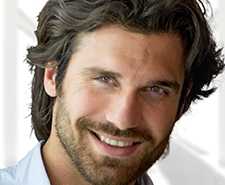




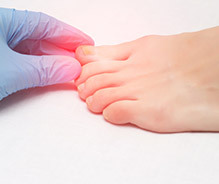
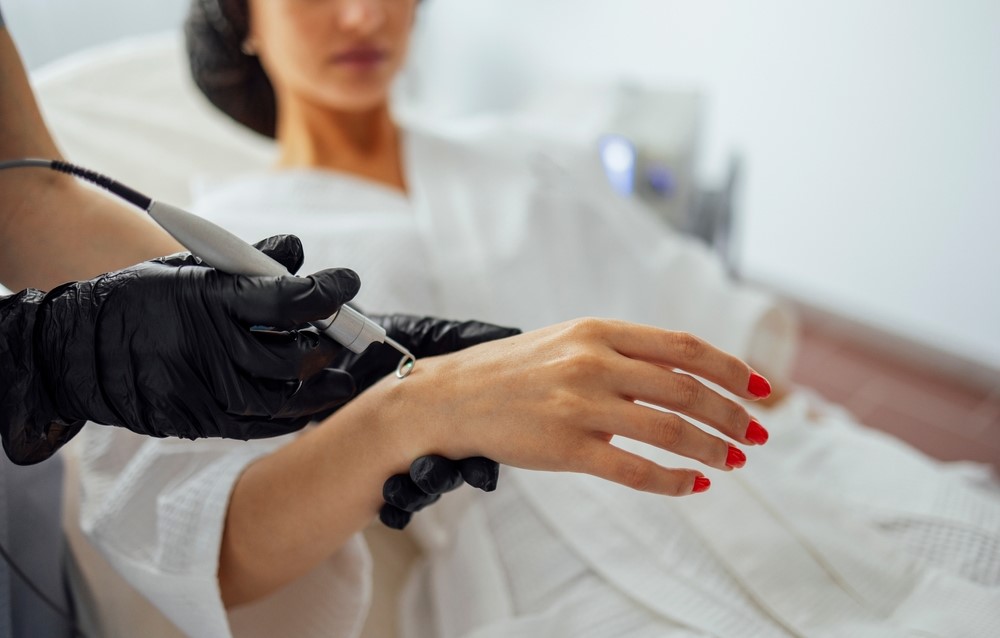

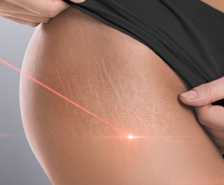


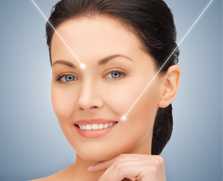

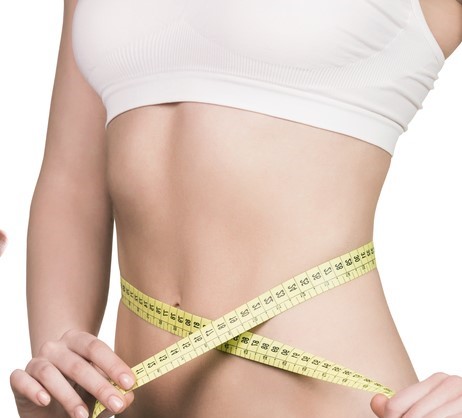
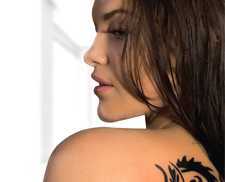
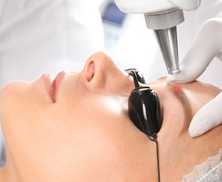



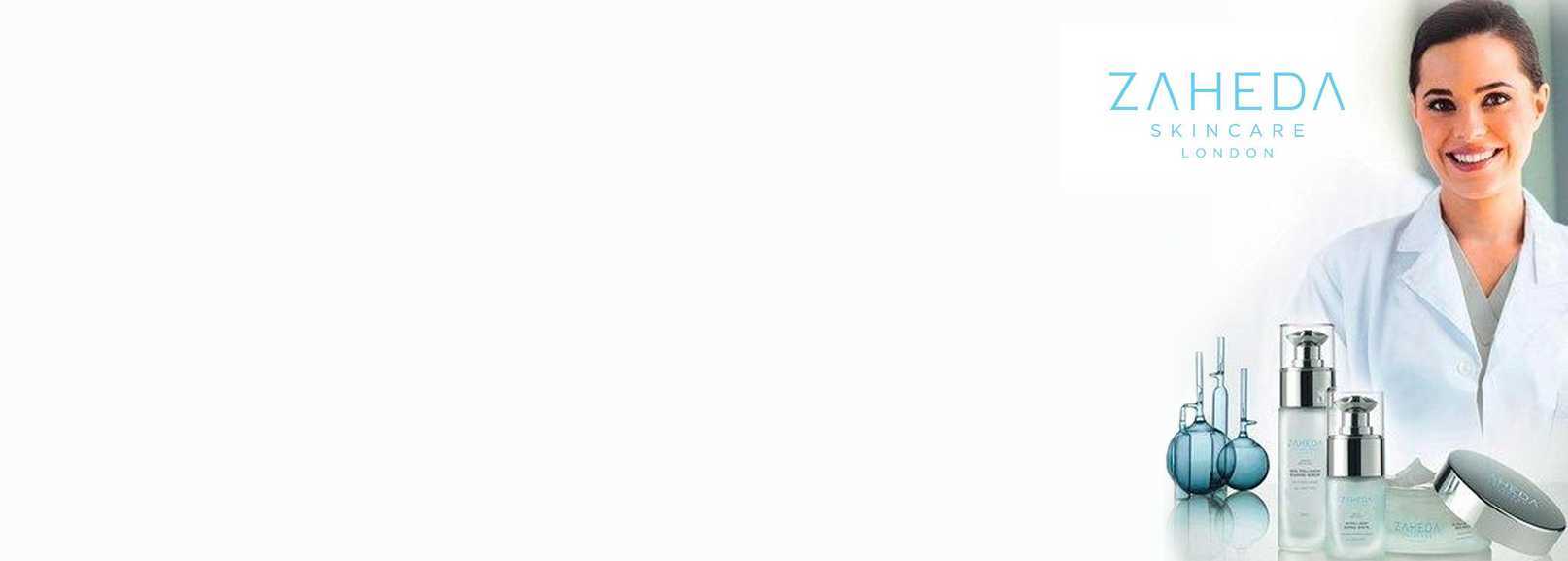
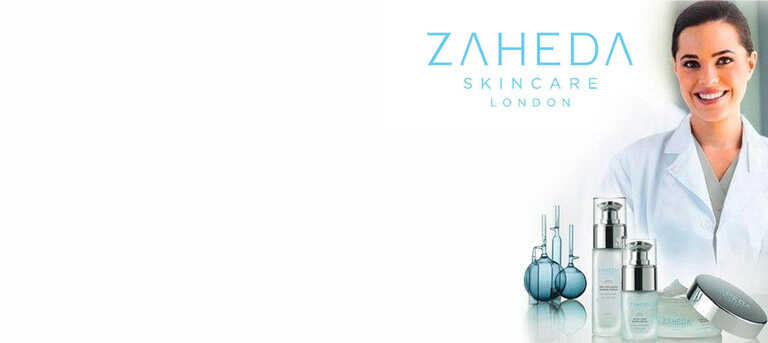
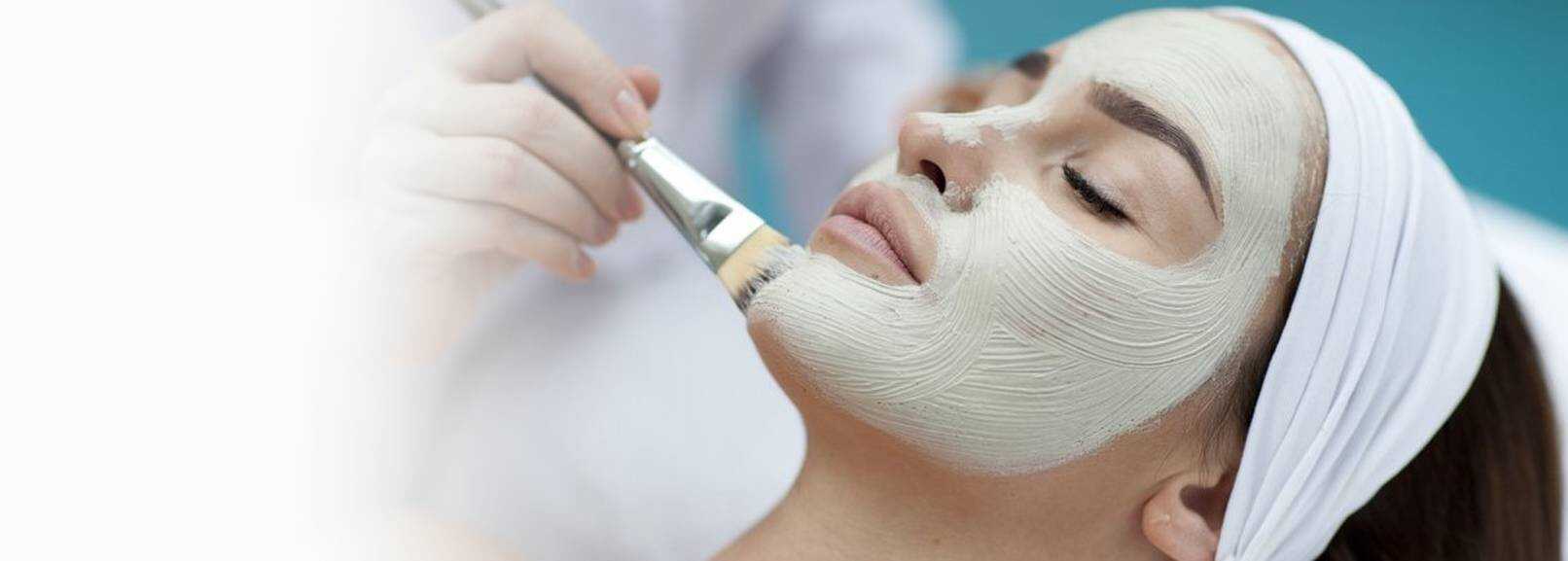

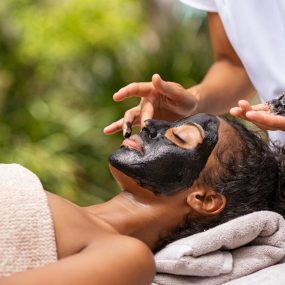
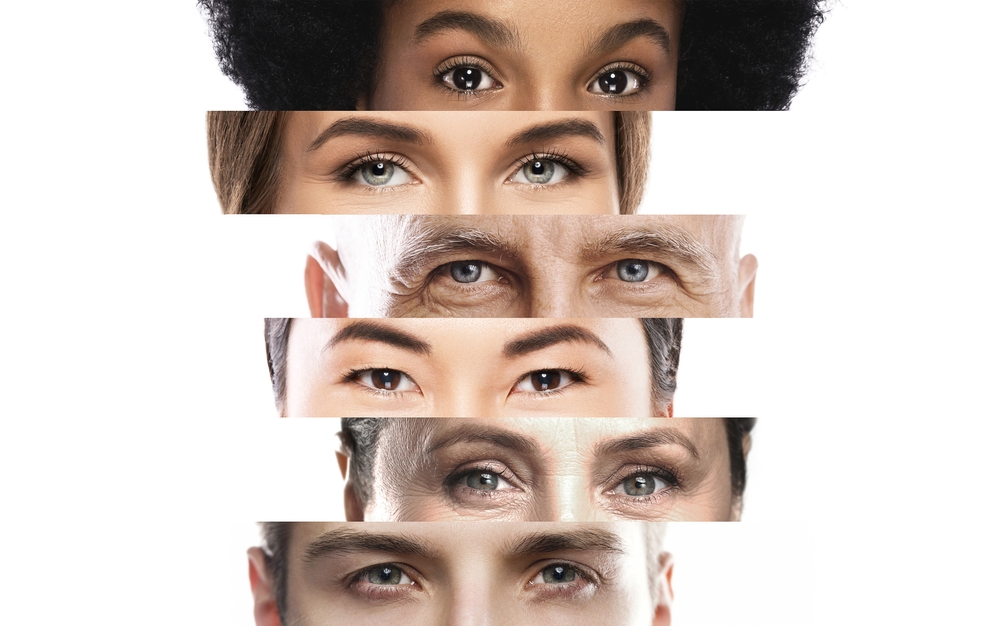
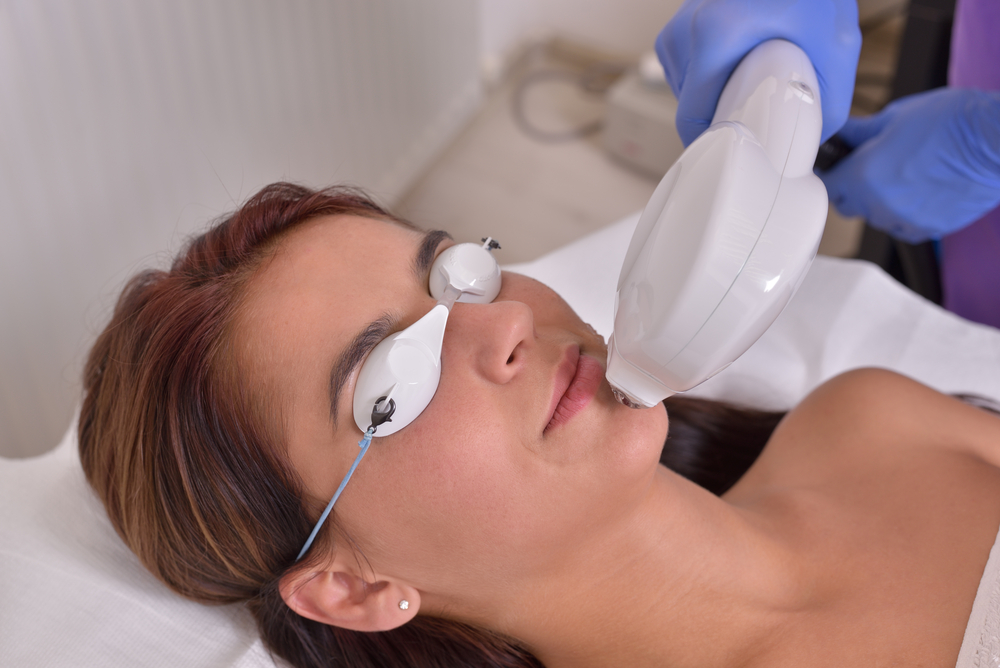




 020 8012 8582
020 8012 8582